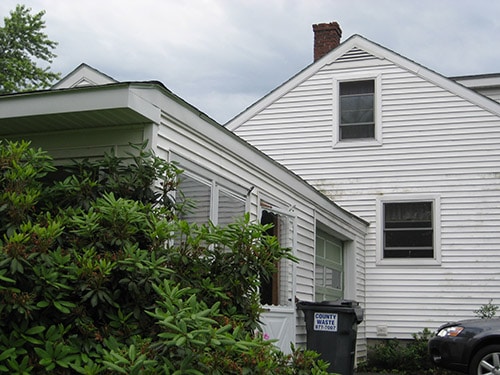There are some siding brands that claim that they are mildew resistant but on the actual spec sheets it says that it must be applied in areas that are not prone to mildew.
Mildew proof vinyl siding.
Even though vinyl is extremely hardy and durable as an exterior siding for your home mildew will form on it in areas that are in the shade or where the vinyl is exposed to moisture on an ongoing basis.
Mildew forms best in shady moist areas.
Exterior siding is generally cedar shake shingles sidewall shingles clapboard usually a grade of cedar vinyl stucco or other wood and composite materials.
For this reason you should get into the habit of visually inspecting your vinyl siding frequently.
One of the main reasons someone might see mildew or mold on vinyl siding is that dirt has accumulated on the surface.
This mildew usually starts on the underside of the vinyl siding near the bottom of the house and can work its way onto the surface area of the vinyl.
Not only does that make the siding look unclean but it can also lead to mildew because fungus often feeds on dirt and dust.
If not taken care of quickly the siding can be pitted and even cracked.
The first step to remove the mildew from your vinyl siding is to rinse it off.
To prevent the development of mold or mildew on the exterior of your vinyl it is important that you understand why and where it is likely to grow.
As rainwater and condensation accumulate on vinyl siding it can develop black spots of mold and mildew.
Mildew is most likely to grow in moist and shady areas so be sure to keep a close eye on any parts of your siding that are frequently exposed to moisture or are shaded.
Left unmaintained they all eventually will dry out and need to be replaced even vinyl.
It seems as though mildew proof vinyl siding is the equivalent to paint and primer in one in that it really doesn t exist and is only a marketing gimmick.
Removing mildew from vinyl siding.
Client in connecticut has t 111 siding.
Standard household cleaners won t necessarily remove.




























